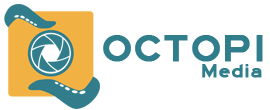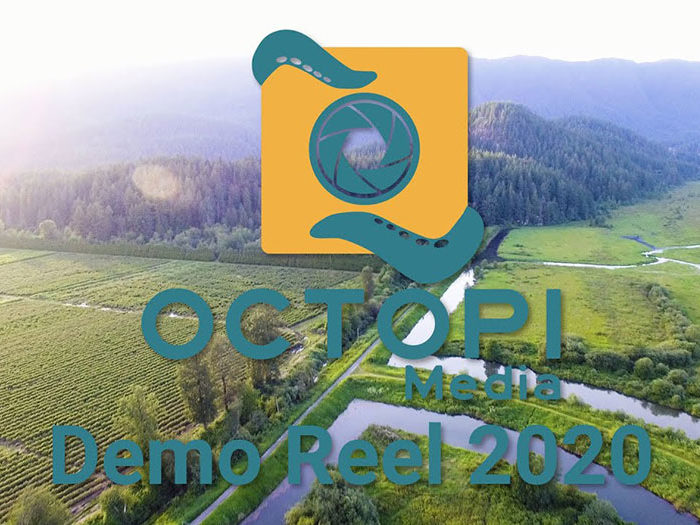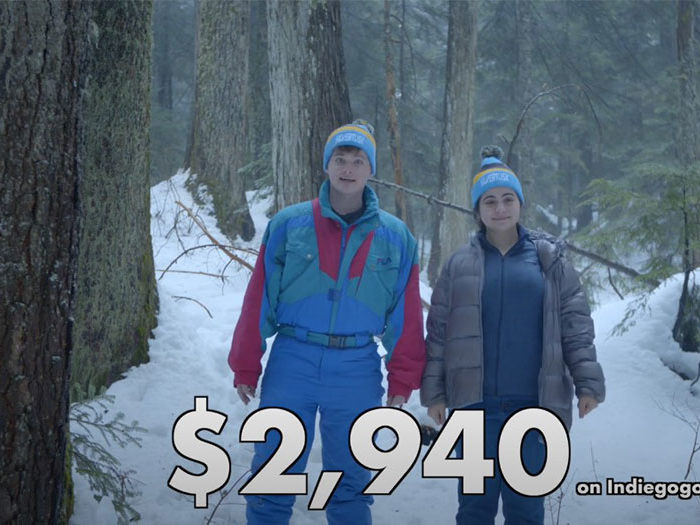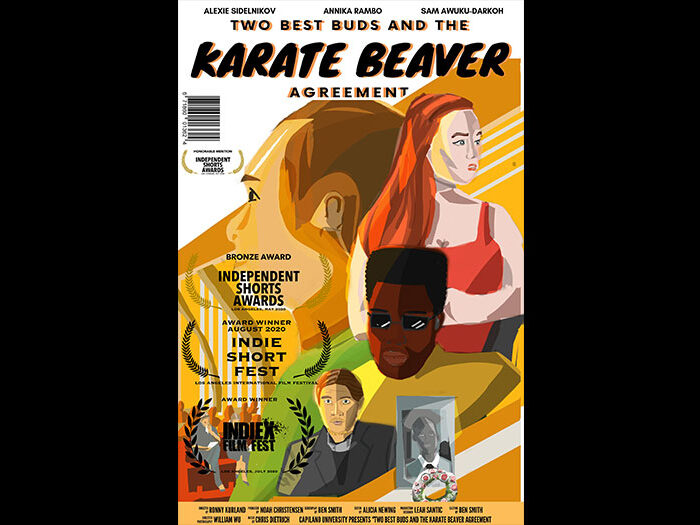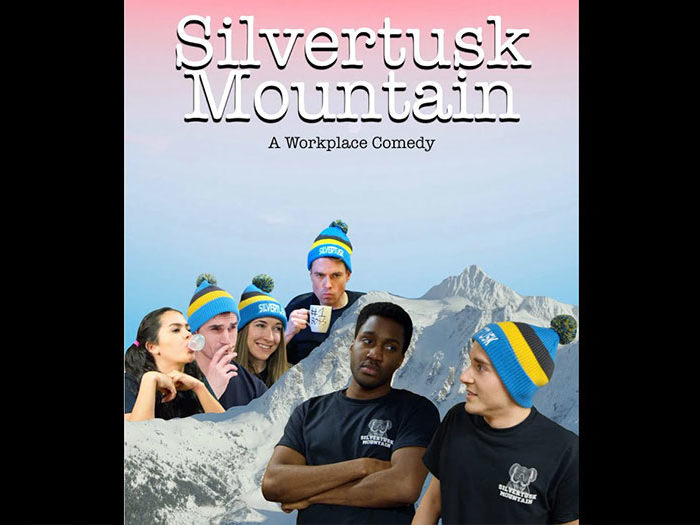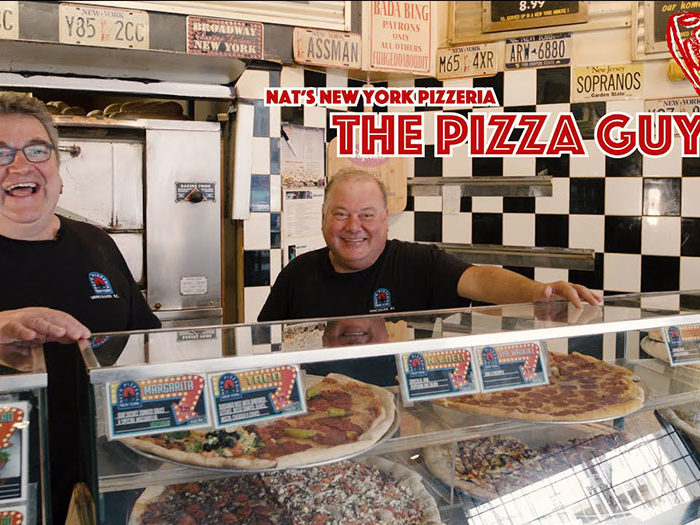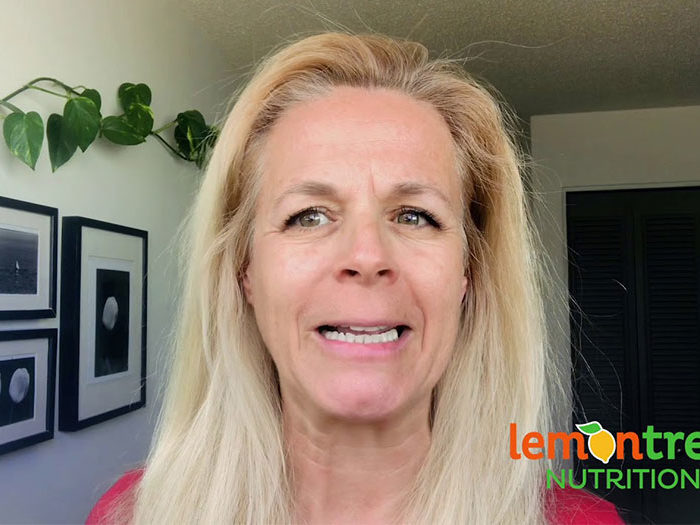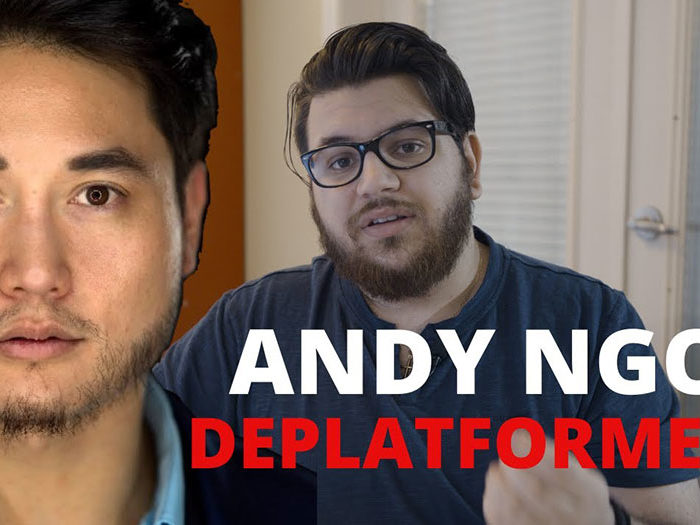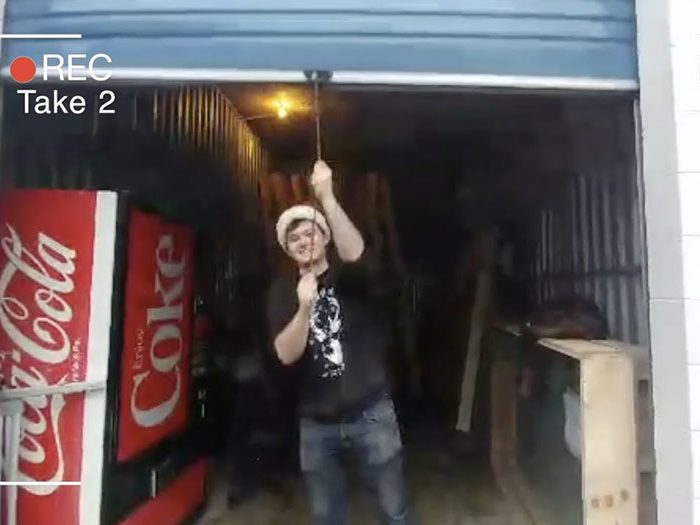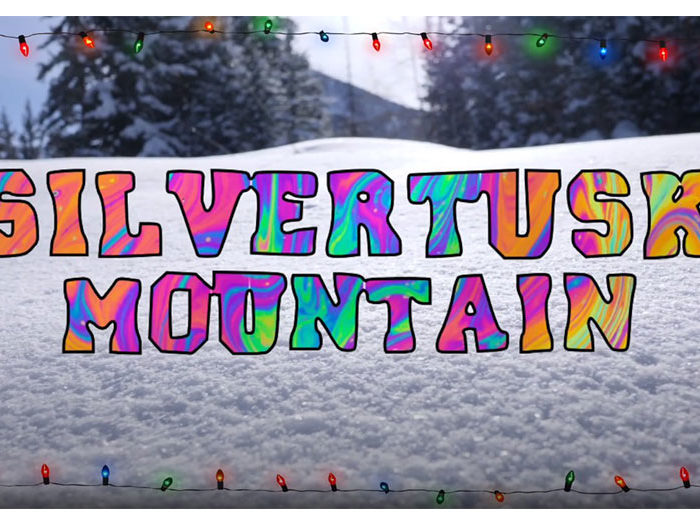Frequently Asked Question
Frequently Asked Question
Lower thirds are supporting graphics used in video. They usually appear in the lower third of the screen on the left or right side of the frame. Common information provided in lower third graphics include the name and a short description of the subject on camera or any other information related to the scene in the video.
A direct to camera interview is an interview or speech where the subject speaks directly to the camera. This kind of shooting style is effective when the subject wants to tell something directly to the audience as if they were talking to them.
The optimal length of a promotional video varies heavily on the content, goal and delivery method of the video. For example an awareness video and a sales video would have different optimal lengths. As a general rule of thumb, promotional videos should be under 2.5 to 5 minutes in length as most viewers lose interest past this point.
UHD stands for Ultra High Definition video. This usually refers to any video that is above 1080p(HD) in resolution. UHD 4k refers to any video which is 3840 pixels wide by 2160 pixels tall. A good point of reference is that UHD 4k has 4 times the amount of pixels as 1080p resulting in a sharper and clearer image.
DCI 4k is the cinema standard for 4k video. Compared to UHD 4k which is 3840 pixels wide by 2160 pixels tall, DCI 4k is slightly wider at 4096 pixels while sharing the same height of 2160 pixels. While UHD 4k is standard for consumer televisions and monitors, DCI 4k is the standard for movie theatre projectors.
Corporate video production is the development and creation of video for businesses. Examples of corporate videos are training videos, progress reports, demonstration videos and explainer videos. Corporate videos are usually targeted to individuals within a company with the goal of providing information and insight onto a specific subject.
Documentaries are a form of non-fictional film intended to tell a story or educate the viewer. Documentaries can come in a variety of lengths including docu-shorts under 40 minutes in length, docu-series which tell a story over several episodes, and feature length documentaries.
Live event videos include the capturing and recording of live events into a video format. The video of the event can later be used for online marketing, distribution or archiving purposes depending on your needs.
Promotional videos are a type of video with the goal of promoting a product or service. These include commercials, YouTube and Facebook advertisements and much more. Each video is developed with a target demographic and a desired outcome in mind. Whether you are trying to grow awareness or boost sales, promotional videos can be a very valuable asset.
A short film is a scripted video under 40 minutes in length which shares a completing story with your audience. They are usually produced to be submitted to festivals and are mastered for a theatre release. Short films are a great tool for directors and producers to showcase their skills and gain funding for future feature length projects.
B-roll includes any footage cut into the video which is not part of the main shot or interview. Think of this as supplemental footage which helps deliver your message and ads interest to the video.
If B-roll is supporting footage, you may be wondering what is A-roll. A-roll is the main footage used in a video with the goal of progressing the story. In corporate and promotional videos A-roll is usually the interview.
A roughcut is the first step of the offline editing process and includes a rough assembly of the acquired footage into a story. The roughcut gives an opportunity for the client to give notes on the overall flow of the video before further refinements and a finecut is exported.
A finecut is the second step in the offline editing process and includes a further refined assembly of the video’s story. The finecut serves as a final chance for the client to provide notes on the story and flow of the video before picture lock and the transfer into online editing.
Picture lock is the final stage in the offline editing process during post-production. Once the picture lock is approved by the client, no further adjustments to the story are made and the post-production workflow can move forward to online editing.
Voiceover includes the recording of any supplemental narration for a film or video in which the person speaking is not seen on camera. Voiceover is a very powerful tool when used right and can provide the viewer with a better understanding of the story and your message.
Offline editing encompases the first portion of the post-production workflow including, organizing, syncing and cutting footage together into a coherent story. Offline editing does not include any graphics, colour or audio work.
Fun fact: the term offline refers to the common practice of using proxy files instead of the raw camera files to complete the cutting. The practice of using proxies requires less computing power and can significantly speed up the cutting process.
Online editing encompases the second portion of the post-production workflow and is completed after offline editing. Online editing involves finalizing the video through the addition of colour grading, audio mixing, graphics, special effects and any other finishing touches.
Videos are a useful tool for businesses of any size. Promotional videos can help grow awareness for your brand and boost sales. Corporate videos are a great tool to get your message across to potential investors, employees or even industry experts. Live event videos help capture the moment at a conference, seminar or public lecture. All in all, videos help your business grow its online presence and stand out from the crowd.
The cost of any corporate video varies significantly on both the size and scope of the project. With so many variables, there is no one answer for the cost of a corporate video. The best bet for anyone looking for a corporate video is to reach out to your desired video production company and ask for a budgetary cost estimate on your project.
Corporate videos can have several goals and objectives. Video can be used to differentiate your brand from competitors, inform investors, train employees, demonstrate products, serve as an ice-breaker at an event and much more.
A good corporate video takes into consideration 3 key factors: your message, your target audience, and your method of delivery. Investing time into planning your video will help ensure you get the most desirable results by effectively delivering your message to your target audience.
Most corporate videos include a form of interviews or narration to explain the subject. Clear audio and sharp video is important as it will help deliver the message and limit any distractions to the viewer. B-roll helps reinforce your message with supporting footage and adds interest to your video. Finally, graphics can be used to highlight key points and concepts throughout the video.
Every video in some form or another goes through the 4 step process. The first stage, pre-production, includes all the planning and set up for the video. Production includes recording and capturing the film. Post-production is where the footage is edited into a coherent video. Finally, delivery is when the project is finished and the final version of the video is delivered to the client. Click here to learn more about the 4 stages of video production.
